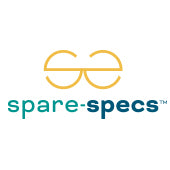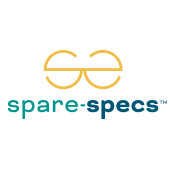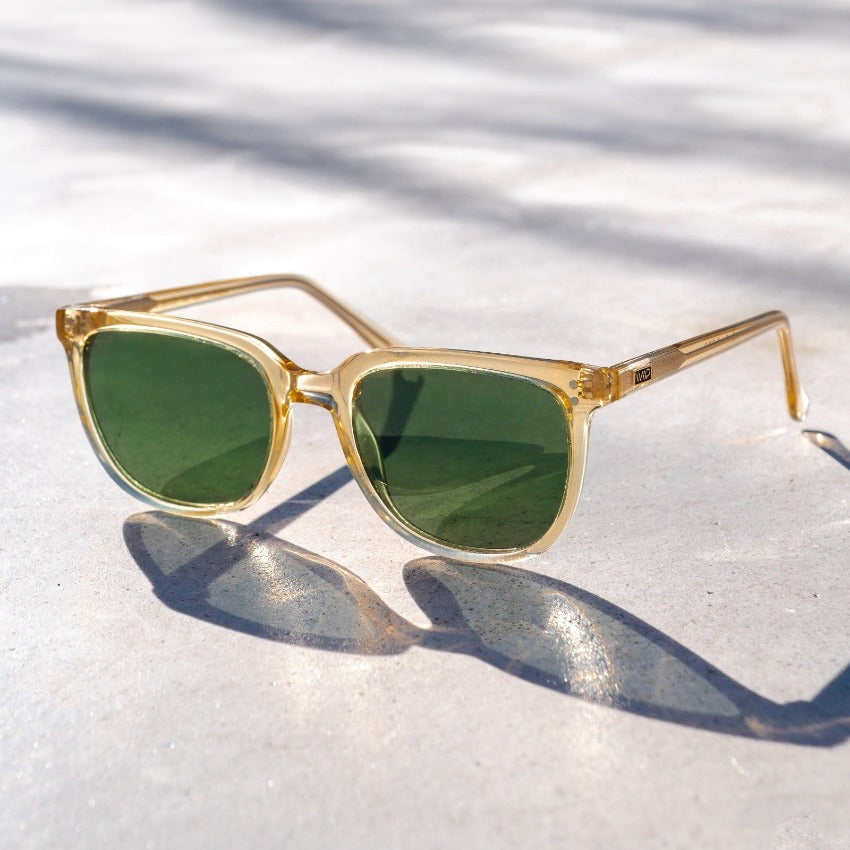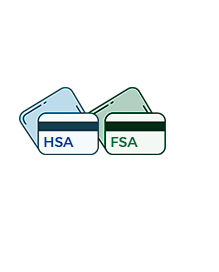More and More Embrace Monovision
By Helene Duhamel •
There comes a time in life when a person starts to lose near vision. It's the time when millions of Americans reach for reading glasses.
Monovision is a solution more and more are embracing. It is most common with near-sighted content lens wearers, who only wear one contact in the dominant eye and no correction in the other eye.
It allows you to see across the room and pick out a splinter in your finger without pulling out the cheaters..
"The decision about whether to have monovision, I think, has a lot to do with lifestyle and how convenient or easy or frustrating it is to have to put on glasses to read when you've never had to do that," says refractive surgeon Dr. Stephen Khachikan.
"So if you're very dynamic, always on the go, put down reading glasses and you can't find them, you don't want to wear a bifocal, then monovision is a good option and you're motivated to do that," says the eye doctor at Black Hills Regional Eye Institute. "And when people are motivated to make something work, it tends to work."
If you're near-sighted you only treat the dominant eye. You wear just one contact lens or have laser surgery on only one eye and reap the obvious cost-savings.
If you don't have the ideal level of near sightedness, both eyes can also be treated to achieve the same result.
"Typically the way we do monovision, the dominant eye is the distance eye. And that's the eye you do most of your seeing out of. That's the eye that you keep open when you're going to take a picture with a camera. That's the eye you keep open if you're shooting a gun. That's your distance eye,' explains Dr. Khachikan.
It can take a while to get used to monovision, but Dr. Khachikan says the brain is dynamic and can adjust over time for many people.
"Some patients will only take a couple of days. They will say, 'This is great! I can see distance. I can see near. I love it. I want to do it.'"
Dr. Khachikan advises to try monovision at least two to four weeks. He says it's similar to trying out a new pair of glasses with a new prescription. He says some patients will never get used to it.







